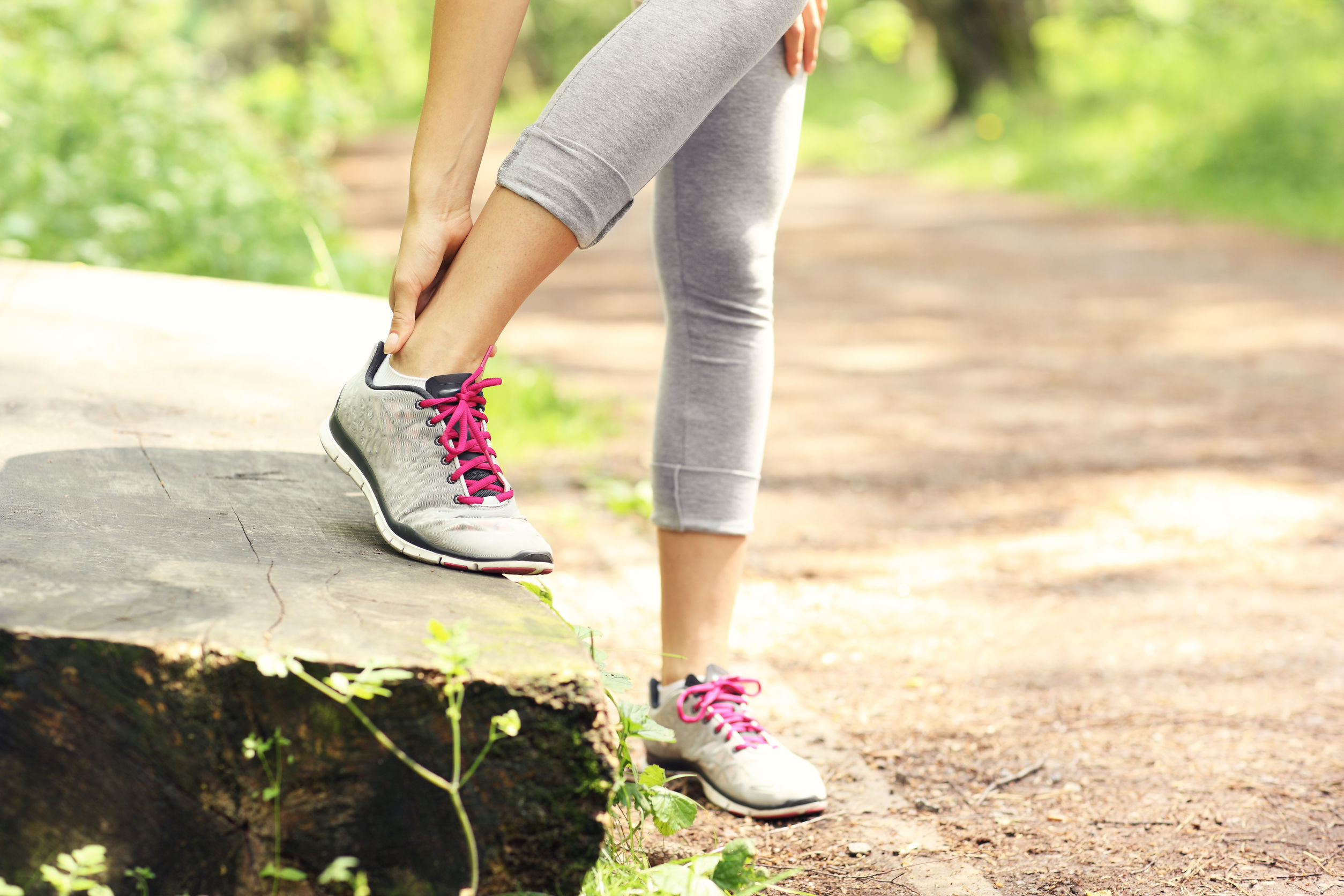0
item(s)
Cart is empty
|
Home
::
|
Achilles Tendon Bursitis

Achilles tendon bursitis is a condition that is common among athletes. Achilles tendon bursitis is a painful condition which occurs as a result of the swelling of the bursa. Bursa is a small fluid-filled sac that is situated at the back of the heel beneath the Achilles tendon. This retro-calcaneal bursa contains a fluid which helps to lubricate the joints and reduce friction between muscles and the bones. Achilles tendon is a large tendon which connects the muscles of the calf to the heel bone (calcaneous) and it is used during activities such as walking, running and jumping.
What are the Causes of Achilles Tendon Bursitis?
Below are the causes and risk factors for Achilles tendon bursitis. Determining the root cause of the inflammation of the bursa will help in describing the course of the treatment.
1. Repeated use of the ankle. Achilles tendon bursitis usually occurs as a result of frequent "mini-traumas". These mini-traumas are often the result of excessive walking, jumping or running. Running on a high hill, causing a considerable bending of the feet, can be particularly irritating for the retrocalcaneal bursae. Individuals who suddenly increase the intensity of their exercise programs without the proper stretching and muscle conditioning can have Achilles tendon bursitis. Generally, it is often associated with the excessive use of the Achilles attachment; this is the area where the Achilles tendon fibers attach to the heel.
2. Ill-fitting shoes. Putting on poorly fitting or constrictive shoe can lead to irritation and inflammation of the heel. Shoes that sink into the back of the heel are the main cause of the Achilles tendon bursitis.
3. Leg or ankle deformation. Deformation of the foot or ankle can increase the chance of developing Achilles tendon bursitis. For example, some categories of individuals may have an abnormal and prominent shape of the top of their heel, which is referred to as Haglund’s Deformity. This situation increases the chances of the irritating bursa.
4. Previous injuries. Severe trauma to the affected heel, for example accidentally hitting the back of the heel against a hard object, can result to the accumulation of fluid in the bursa which in turn can cause irritation and inflammation of the bursa’s synovial membrane. Although the body usually reabsorbs the fluid, the membrane may remain inflamed leading to the symptoms of bursitis.
5. Another basic condition. There are some other conditions which can cause inflammation of the bursa; examples include damage to the Achilles tendon, osteoarthritis, rheumatoid arthritis, gout, and pseudogout. In these cases, the treatment of bursitis must follow the treatment of the underlying disease.
What are the Symptoms of Achilles Tendon Bursitis?
Heel pain is the major symptom of Achilles tendon bursitis. Pains can only be felt when pressure is put on the heel. Below are some other symptoms of Achilles tendon bursitis:
• Swelling in the back of your heel.
• Pain when you rest at the back of the heel.
• Pain in the calf muscle during physical activities such as running or walking.
• Stiffness.
• A red or warm skin on the back of the heel.
• Loss of movement.
• Cracking sound when bending the foot.
• Shoes become uncomfortable.
Achilles Tendon Bursitis Treatment
Treatment for Achilles Tendon Bursitis requires restoring the circulation and blood flow to the affected structures in your foot. Pain is caused when swelling, inflammation and decreased circulation generate a blockage, which causes blood flow to be interrupted or slowed. Treatment for this issue requires breaking up the accumulated fluids in your foot to allow for improved healing and quicker recovery.
Products recommended for symptoms of swelling, redness, pain, and inflammation, and if coolness makes your pain feel better:
Ice Substitute Poultice
Bruise Relief Liniment
Muscle Therapy Massage Oil
Products recommended when swelling and inflammation are gone, but you still feel pain, stiffness, weakness, and/or sensitivity in cold and damp weather, and if heat makes your pain feel better:
Pain Relief Liniment
Tendon and Ligament Poultice
Muscle Therapy Massage Oil
